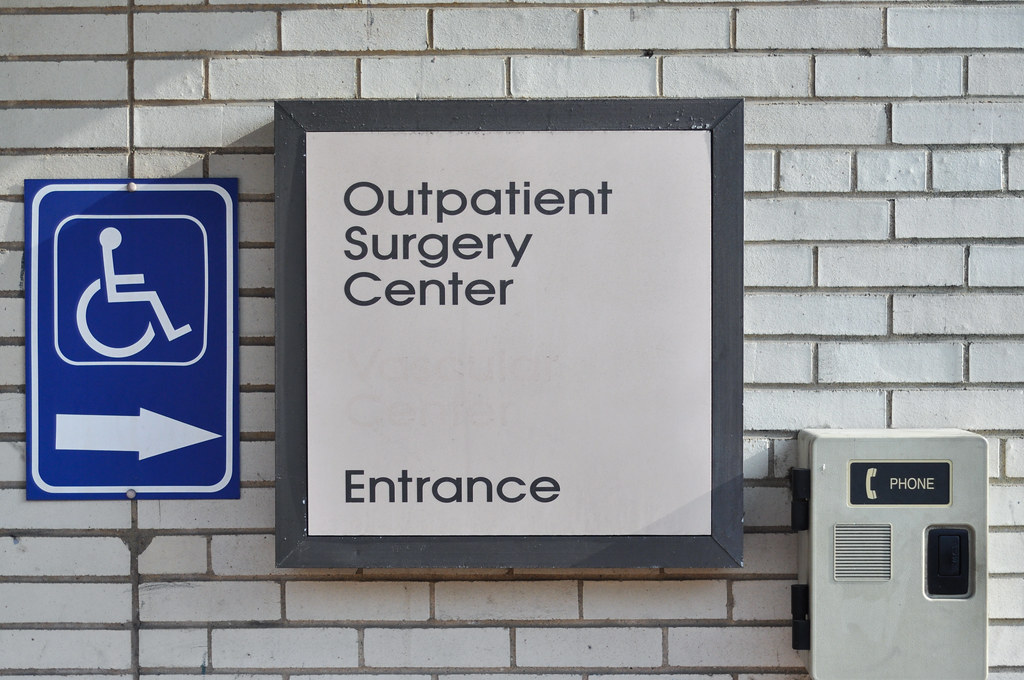HAIs shrink as trend for outpatient facilities grows
The demand for health care is not shrinking. It is growing faster than ever.
Consider that 10,000 Americans turn 65 every day. As demand for health care increases due to an aging population, health care delivery is at a tipping point. Smaller, more specialized facilities are already noticeable in most cities, and one substantial benefit of this new trend is a healthier environment for the patient. Health care associated infections (HAIs), which affect 1 in 25 hospital patients, are almost off the radar screen in smaller, more specialized medical facilities.
An aging population base with longer life expectancy means an increase in overall utilization of health improvement services. With the increased demand, you would think hospitals would be getting larger to meet the growing demand. However, hospitals are increasingly losing patients to medical clinics and even home settings with virtual care. Hospitals operate with lower patient bed usage and are quickly adjusting their financial models to deal with this tipping point of care delivery. More hospitals closed in 2017 and early 2018 than in any similar previous 14-month period. The old model does not work, due to numerous reasons that put us at the precipice of necessary health care delivery change.
Hospital admissions and length of stay have been falling for years, and hospital capacity has not mirrored the decline. Some hospitals have entire wings with no patients, representing underutilized expensive space. Consequently, hospitals are incorporating more outpatient services where revenue is generally increasing at an average of 15 percent. The competition has recognized the trend and standalone outpatient facilities are going up everywhere. The outpatient clinic is less expensive to build and operating costs are significantly lower than what a hospital demands from its infrastructure. Staffing needs are substantially less at a clinic setting, and it’s not just medical staffing, as there is also a reduced need for food service, security, groundskeeping, maintenance and housekeeping.
Technology also is playing an important role in moving patients from hospitals to outpatient centers. Yesterday’s surgical procedures required a lengthy stay in the hospital while many procedures with equipment advances have patients leaving the facility the same day to recover at home. According to the Agency for Healthcare Research & Quality, the growth of outpatient surgeries has been stratospheric. Consider that only 16 percent of surgeries in 1980 did not require overnight hospital stays versus 63 percent in 2005.
This trend in health care delivery comes at a cost, actually a large reduction in cost over the conventional hospital-based delivery model. The absence of overnight patients with a divergence of clinical conditions means a safer facility from an infection standpoint. Merely reducing the HAI rates among patients means a substantial monetary benefit for the facility. Reduced HAIs also mean higher patient rating scores and beneficial public relations for the clinic setting. According to the CDC, HAIs cost the facility $15,000 each. Hospital systems tell us $30,000 to $45,000 on average per event. Many surgical centers share specialized personnel between regional facilities, which further reduces overhead.
It is easy to argue that outpatient facilities are not seeing the same type of patients that hospitals treat and are bound to have fewer HAI cases. Hospitals see the worst cases and are more susceptible to problems. Medical school hospital campuses often see the very worst cases and have high incident rates. These hospital administrators argue that it is unfair to rate them against smaller hospitals, since the smaller hospitals often refer their worst cases to the medical school hospitals.
As many hospitals shrink, medical school hospital campuses are growing just as fast as outpatient facilities. For instance, the University of Colorado Denver/Anschutz Medical Campus is growing so fast that if it were a publicly traded company it would be in the top 25 statewide. The medical school and campus contribute over $3 billion to the Colorado economy. A significant part of the growth is research-driven. The ironic part is that some of the research performed on medical school campuses is what has driven the change in health care delivery. Medical school research is producing the new advantages of health care such as less invasive procedures, gene therapy and more effective pharmaceuticals that save patients days in hospital beds.




